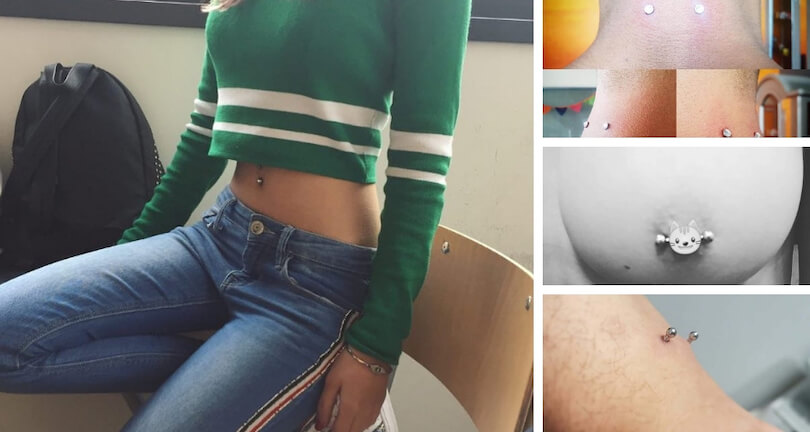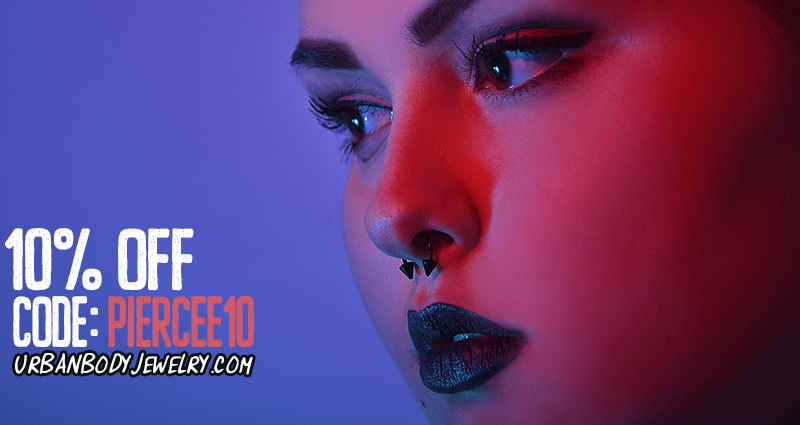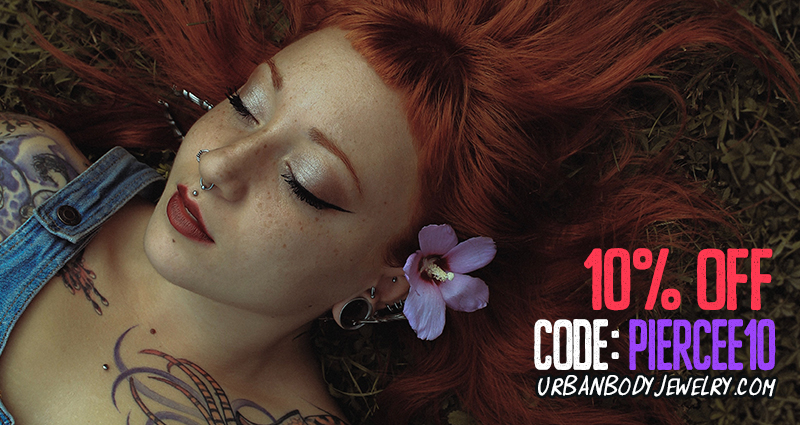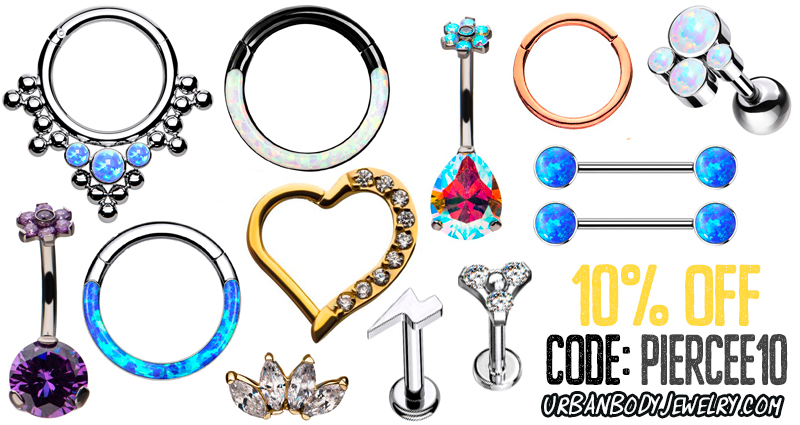Every piercing is painful since skin is being punctured, but there are some piercings that are more painful than others. Before getting any piercing, it’s important to know what you’re in for.
Your pain level will always depend on your individual pain threshold. However, there is a general consensus on which piercings are the most and least painful.
Painful Piercings from Most to Least
Below are 20 common body piercings and where they rank on the pain scale. Here they are ranked from most to least painful:
- Nipple
- Anti-tragus
- Dermal
- Conch
- Wrists (surface)
- Septum
- Daith
- Industrial
- Tragus
- Rook
- Tongue
- Cartilage
- Stretching
- Eyebrow
- Navel
- Vertical labret
- Complex lip piercings (snake/spider/shark bites)
- Monroe/Madonna
- Nostril
- Ear Lobe
Most Painful Piercings
The first ten piercings on this list are considered to be the most painful.
Nipple Piercing: 8/10
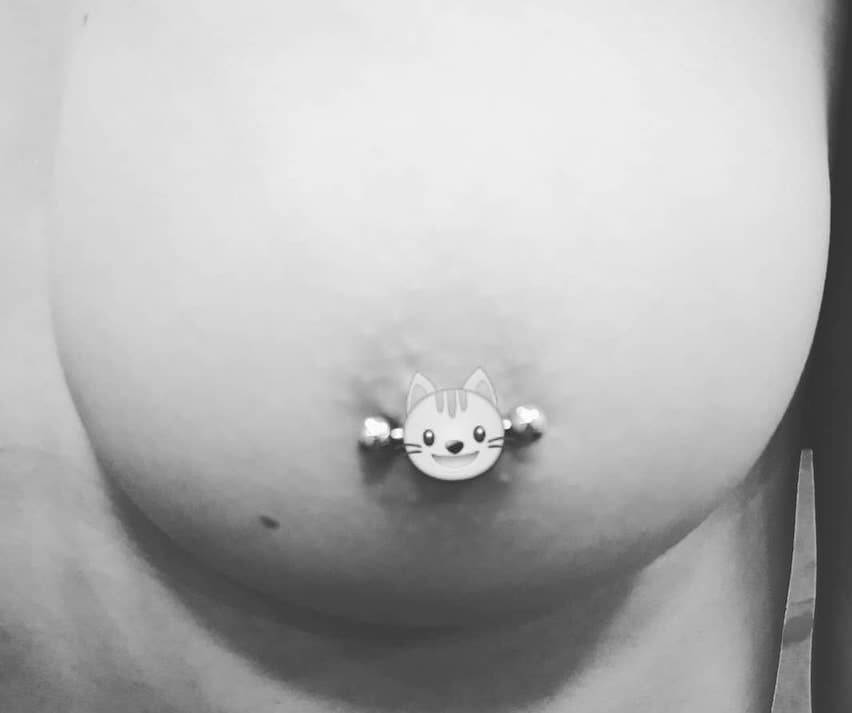
Nipple piercings are ranked as the most painful piercings among piercers and piercees alike. These piercings are the most painful because the nipple is packed with sensitive nerve endings, so puncturing a hole through this tissue is not exactly pleasant. Nipple piercings rank at an 8/10 on the pain scale.
Anti-tragus Piercing: 8/10
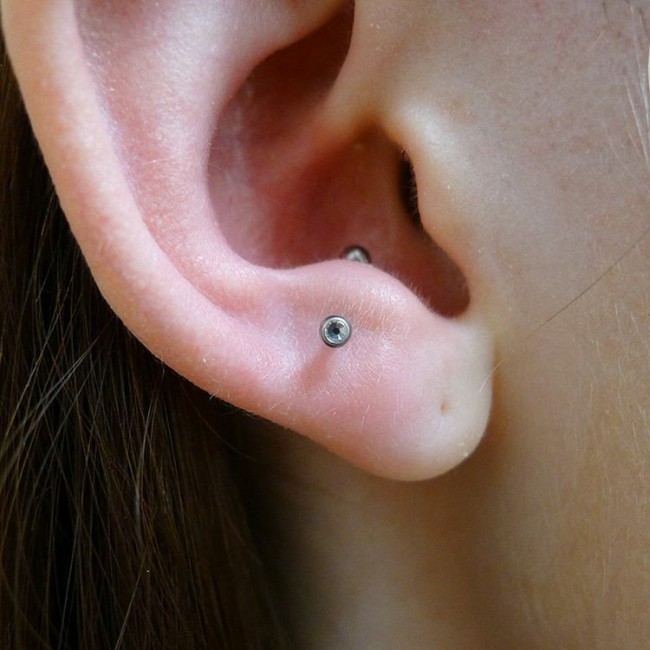
The anti-tragus piercing is a perforation on the inner cartilage of the ear, located opposite to the standard tragus piercing. Anti-tragus is regarded by many as the most painful piercing due to its sensitive location and the thick cartilage that must be punctured. This piercing ranks at the same pain level as nipple piercings at an 8/10 on the pain scale.
[powerkit_button size=”lg” style=”primary” block=”false” title=”Read more about anti-tragus piercing” url=”https://piercee.com/anti-tragus-piercing/” target=”_blank” nofollow=”false”]
Dermal Piercing: 7/10

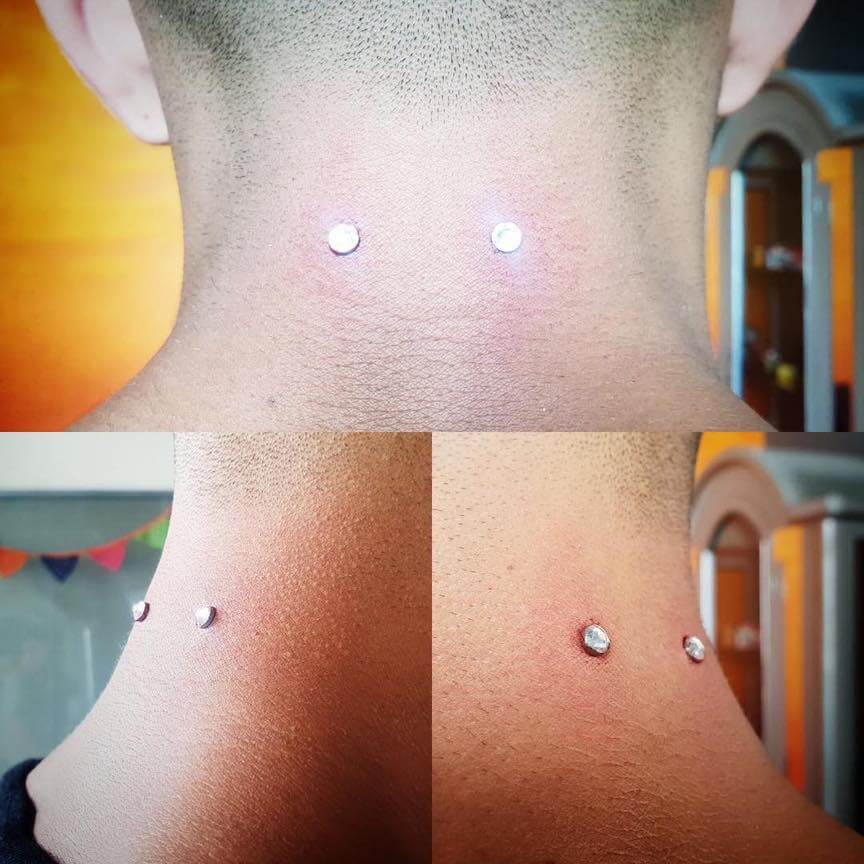
Dermal piercings are single-entrance surface piercings that only puncture flat skin. The pain level for this piercing depends on the location and whether a dermal punch is used. The pain level of dermal piercings can be very intense depending on the amount of nerves present in the area, so it gets a 7/10 on the pain scale.
Conch Piercing: 5 – 6/10
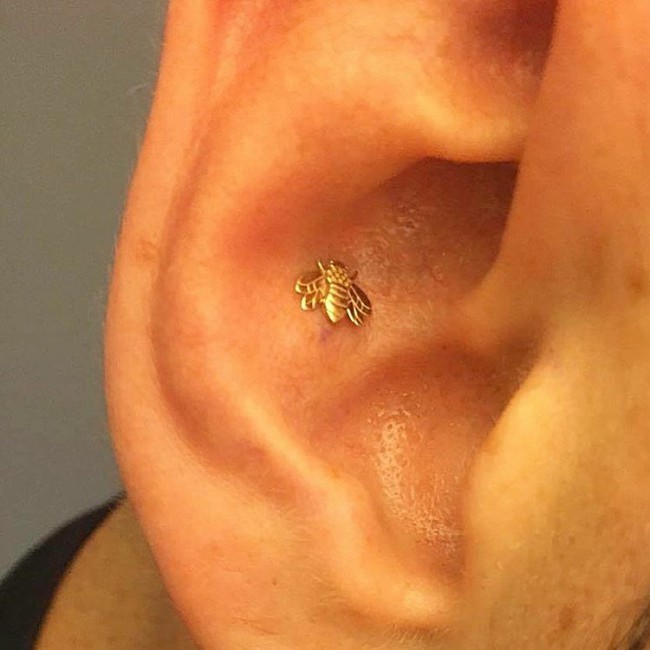
Conch piercings puncture the large shell-shaped cartilage at the ear’s center. These piercings can be performed outside or inside of the cartilage depending on preference. The increased pain level is a result of the relatively complex piercing procedure and a long recovery time. Prolonged soreness and swelling can add to these issues, so conch piercings get a 5 to 6 out of 10 on the pain scale.
[powerkit_button size=”lg” style=”primary” block=”false” title=”Read more about conch piercing” url=”https://piercee.com/conch-piercing/” target=”_blank” nofollow=”false”]
Wrist Surface Piercing: 6/10
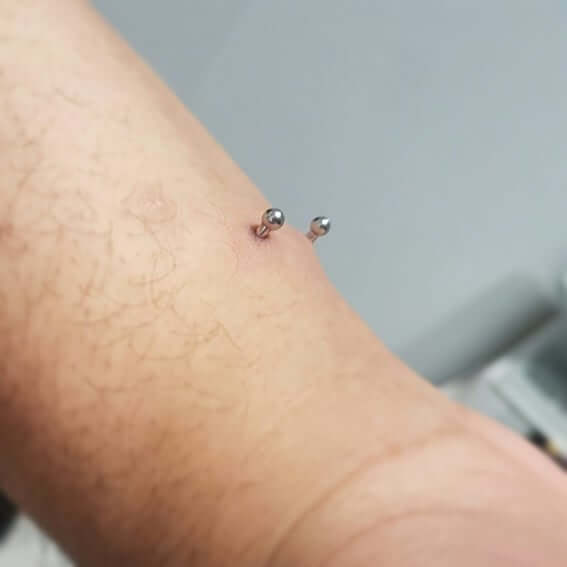
Wrist piercings are located on the underside of the wrist and are prone to frequent rejection and migration because they are surface piercings. This piercing procedure is more complicated than most and the piercing itself is easily irritated with everyday motions. These issues earn wrist piercings a 6/10 on the pain scale.
Septum Piercing: 6/10
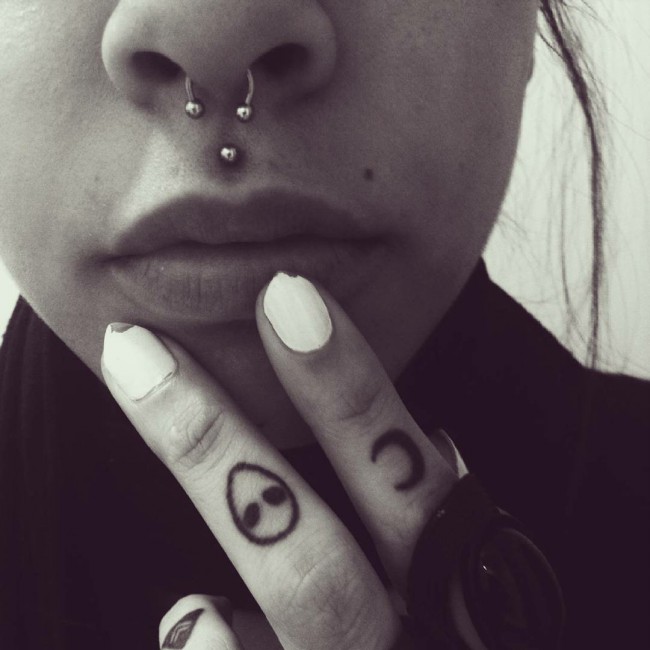
Septum piercings require the thin skin towards the top of the nose to be clamped and punctured. While the skin itself is thin, septum piercings will often cause people to tear up because they are in a sensitive location. The area is prone to soreness and swelling immediately after. These sensitivities earn septum piercings a 6/10 on the pain scale.
Daith Piercing: 5 – 6/10
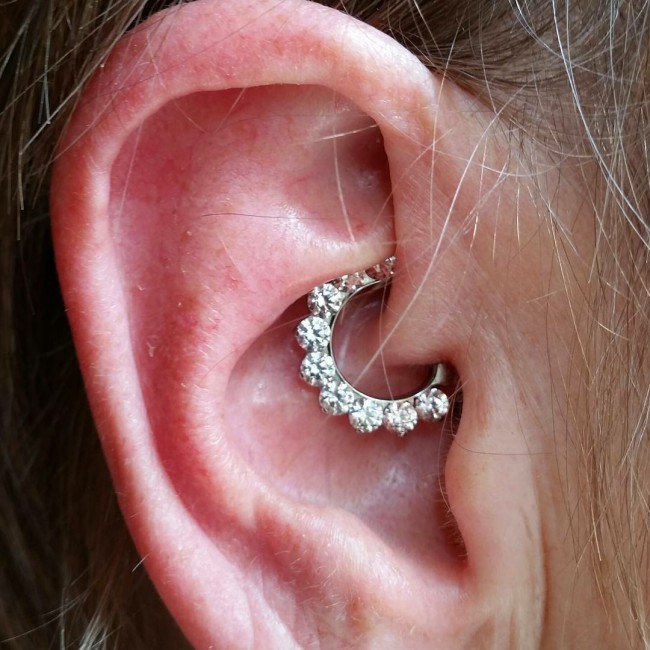
Daith piercings perforate the outer cartilage in the central part of the ear. Thicker cartilage, combined with a small and sensitive area, earns daith piercings a 6/10 on the piercing pain scale.
[powerkit_button size=”lg” style=”primary” block=”false” title=”Read more about daith piercing” url=”https://piercee.com/daith-piercing/” target=”_blank” nofollow=”false”]
Industrial Piercing: 6/10
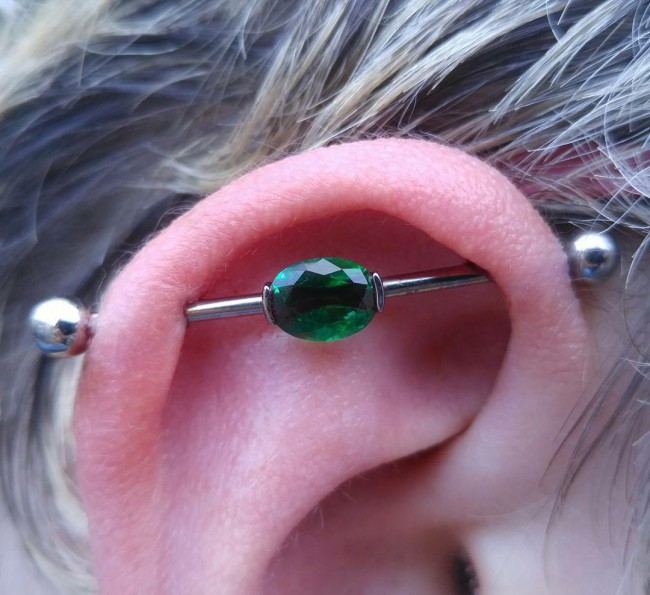
Industrial piercings puncture two spots on the ear cartilage and link them with a single barbell. Ear cartilage piercings are already ranked at a higher pain level, so two of them raises their rank to 6/10 points on the pain scale.
[powerkit_button size=”lg” style=”primary” block=”false” title=”Read more about industrial piercing” url=”https://piercee.com/wp-admin/post.php?post=997&action=edit” target=”_blank” nofollow=”false”]
Helix Piercing: 6/10
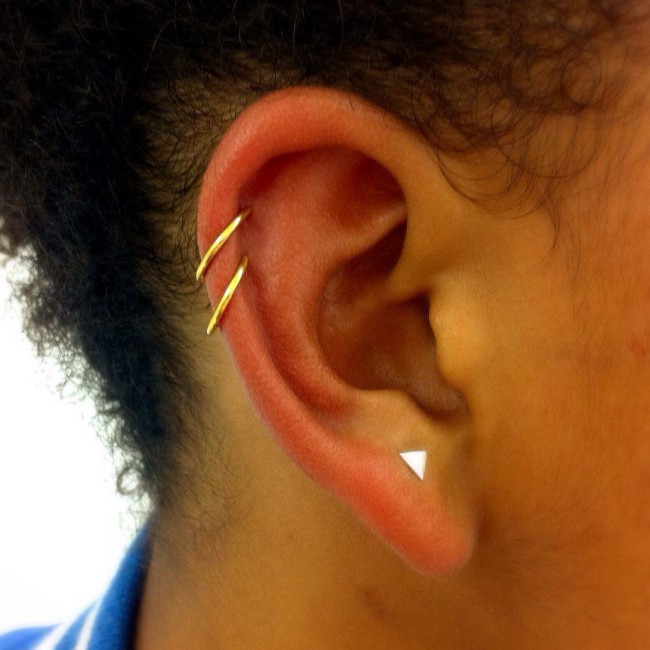
Helix piercings are located on the curve of the ear and can be done as a single or multiple piercings. Multiple helix piercings raise the pain level considerably, so this piercing ranks as a 6/10 even though the curve of the ear is not as sensitive as some other areas.
[powerkit_button size=”lg” style=”primary” block=”false” title=”Read more about helix piercing” url=”https://piercee.com/helix-piercing/” target=”_blank” nofollow=”false”]
Rook Piercings: 6/10

The rook piercing is a puncture of the anti-helix cartilage located above the tragus. This area is quite compact with thicker cartilage, so the associated pain level will definitely be higher during the procedure. Thick cartilage and a difficult location earn rook piercings a 6/10 on the pain scale.
[powerkit_button size=”lg” style=”primary” block=”false” title=”Read more about rook piercing” url=”https://piercee.com/rook-piercing/” target=”_blank” nofollow=”false”]
Least Painful
The final ten piercings are ranked as being the least painful on the list.
Tongue Piercing: 4 – 5/10
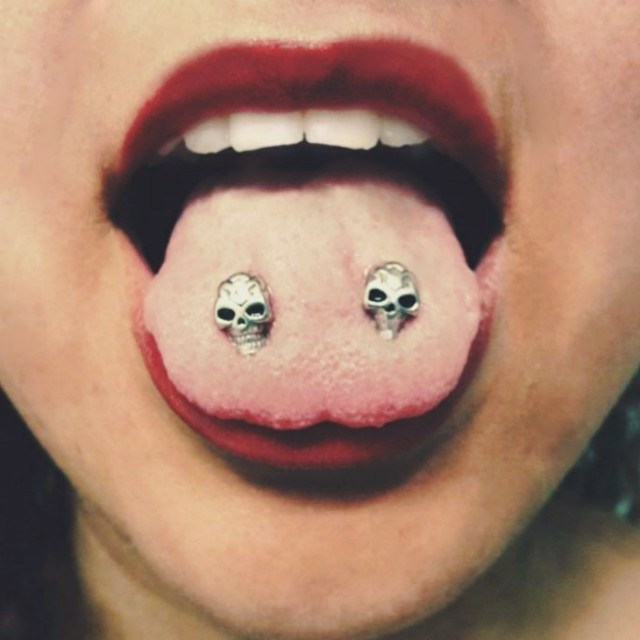
This piercing is normally located in the middle of the tongue, but it can be modified for different locations. The tongue is a set of muscles, meaning that thick tissue must be punctured during the procedure. The necessary lifestyle changes after being pierced keep this piercing at a 4 to 5 out of 10 on the pain scale.
[powerkit_button size=”lg” style=”primary” block=”false” title=”Read more about tongue piercing” url=”https://piercee.com/tongue-piercing/” target=”_blank” nofollow=”false”]
Cartilage Piercing: 4/10
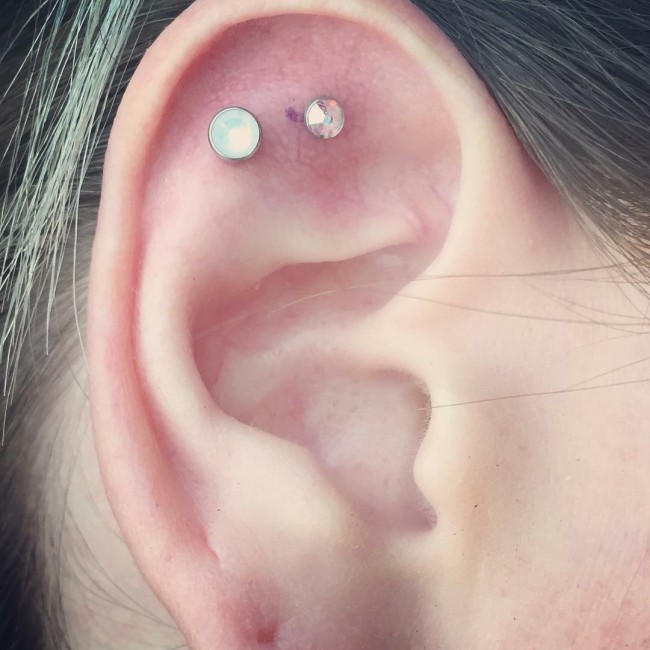
Cartilage piercings usually refer to the perforation of the upper ear cartilage as shown. However, cartilage piercings also include daith, industrial, helix, rook, conch and anti-tragus, which are some of the most painful ear cartilage piercings.
While these piercing types may bring more intense pain due to their unique locations, the single cartilage piercing would not exceed a 5/10 on the pain scale. Standard cartilage piercings can generally be identified as the least painful ear piercing besides earlobe piercings.
[powerkit_button size=”lg” style=”primary” block=”false” title=”Read more about cartilage piercing” url=”https://piercee.com/cartilage-piercing/” target=”_blank” nofollow=”false”]
Piercing Stretching: 3/10
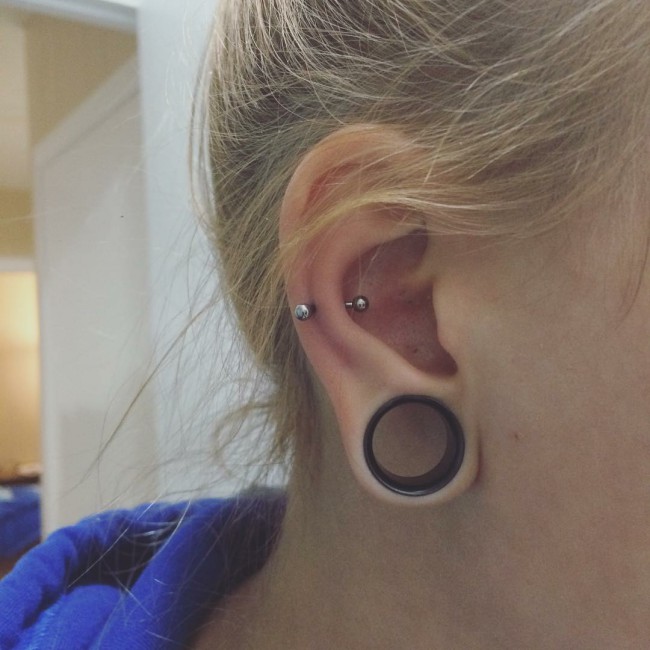
Stretching a piercing involves expanding the perforation to wear larger jewelry. The associated pain is caused by the pressure on the tissue and the prolonged time necessary for healing. The exact pain level of stretching depends on where the piercing is located, but some of the most painful areas are located on ear cartilage. This area earns a 3 to 4 out of 10 on the pain scale.
[powerkit_button size=”lg” style=”primary” block=”false” title=”Read more about ear stretching” url=”https://piercee.com/ear-stretching-guide/” target=”_blank” nofollow=”false”]
Eyebrow Piercing: 3/10

Eyebrow piercings are located anywhere along the eyebrow, and there are many different variations. These piercings are not usually as painful since they only puncture thin skin. However, proximity to the eye and heightened sensitivity earn eyebrow piercings a 3/10 on the pain scale.
Vertical Labret Piercing: 3/10
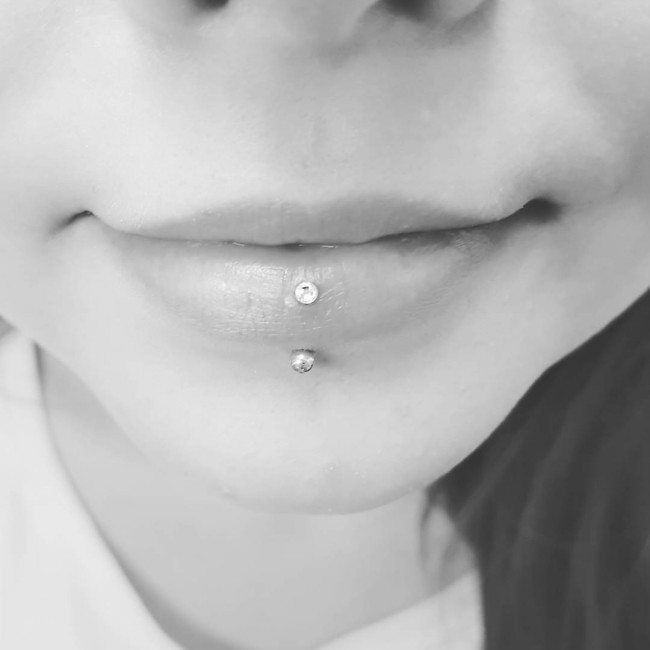
Vertical labret piercings are punctured straight down through the lip and require curved jewelry. Despite its complexity, this piercing procedure is relatively easy to endure and take care of. These features earn the vertical labret a 3/10 on the pain scale.
[powerkit_button size=”lg” style=”primary” block=”false” title=”Read more about labret piercing” url=”https://piercee.com/labret-piercing/” target=”_blank” nofollow=”false”]
Navel Piercing: 2/10

Navel piercings puncture the thin skin at the top of the navel. Because of the ease of access and thin skin, these piercings rank at a 2/10 on the pain scale.
Complex lip piercings (snake/spider/shark bites): 2/10

Lip piercing “bites” are located in different arrangements around the mouth, usually on the lower lip. However, oral piercings are known for healing quickly and the skin below the lip is quite thin. Simplicity and healing time earn these piercings a 2/10 on the pain scale.
[powerkit_button size=”lg” style=”primary” block=”false” title=”Read more about snake bites piercing” url=”https://piercee.com/snake-bites-piercing/” target=”_blank” nofollow=”false”]
Monroe/Madonna Piercing: 2/10
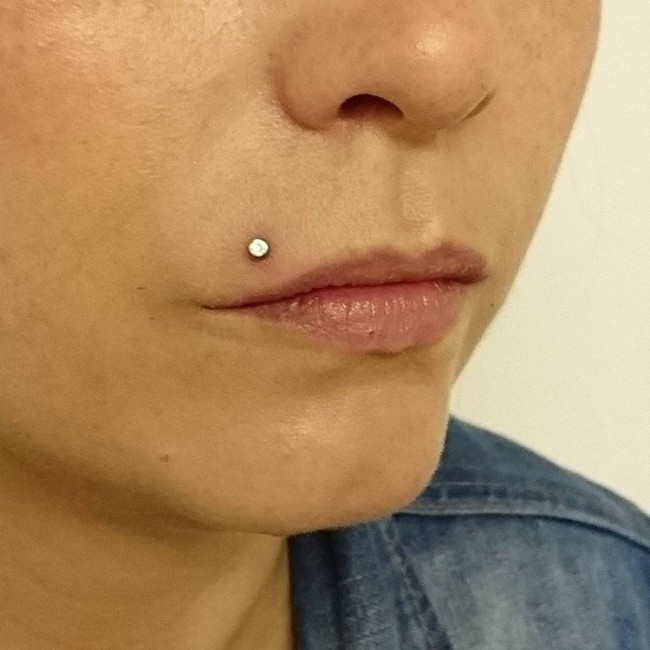
Monroe or Madonna piercings are located on the side of the upper lip and require an easy single perforation. Due to the simplicity, thin skin and quick healing time, this piercing ranks at a 2/10 on the pain scale.
Nostril Piercing: 2/10
Nostril piercings are a puncture on the side of the nose, and can be done in singles or multiples. This piercing goes through slightly thicker skin, but is relatively easy to heal. The procedure ease combined with the location earn this piercing a 2/10 on the pain scale.
Ear Lobe 1/10 – Least Painful Piercing
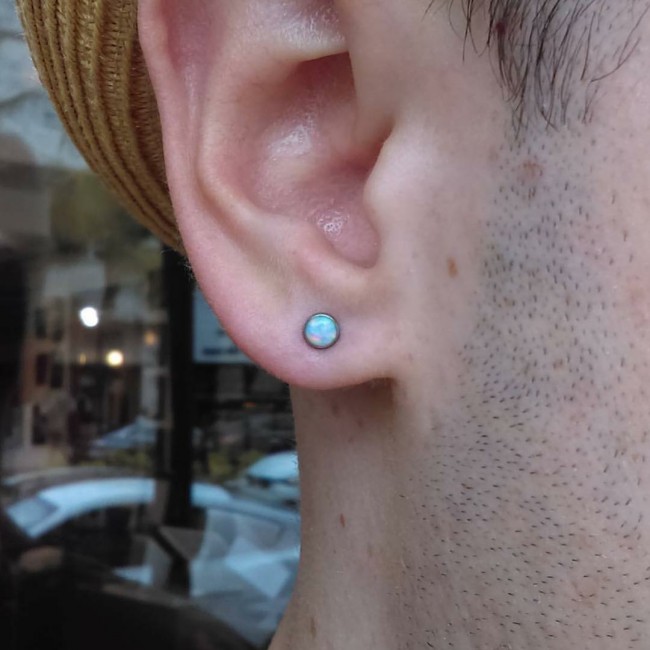
Earlobe piercings are the most common piercing type for all genders. If you prefer to keep things simple or you’ve never been pierced, earlobe piercings are a safe bet!
[powerkit_button size=”lg” style=”primary” block=”false” title=”Read more about ear lobe piercing” url=”https://piercee.com/ear-lobe-piercing/” target=”_blank” nofollow=”false”]
Reducing Piercing Pain Level
Below are some simple tips for anyone wanting to decrease the pain level of their piercing procedure:
- Choose an experienced piercer no matter what piercing you are having done.
- Stay relaxed and patient during the procedure. Make sure to keep breathing and follow the instructions your piercer gives you.
- Concentrate on something else during the procedure so you’re not distracted by the pain.
- Thoroughly follow the aftercare guidelines that your piercer provides you after the procedure.
Keep in mind that every piercing requires a unique and individualized approach. For example, oral piercings heal better when not exposed to smoke or spicy foods.
After cartilage perforation (helix, daith, anti-tragus, rook, conch) avoid touching your piercing to clothes or other objects like phones. Pain relievers like ibuprofen may be taken to reduce pain during or after the procedure to reduce discomfort.
Proper piercing aftercare will reduce the chances of pain and infection afterward. Always be sure to choose the best piercing care product that suits your specific piercing.
Be sure to discuss any use of numbing agents with your piercer beforehand since these products are not usually recommended.
Some experienced piercers may have a procedure for keeping you calm beforehand. They may tell you when to breathe in or out, or distract you when they’re about to puncture your skin. Talk to your piercer beforehand if you have any worries about the procedure.
[powerkit_alert type=”warning” dismissible=”false”]
Remember that no piercer should ever offer you an alcoholic drink in their studio.
[/powerkit_alert]
FAQ
Which piercings hurt the most?
Anti-tragus, nipple, dermal and conch piercings are considered as the most painful piercings. The pain is caused by puncturing skin and triggering nerve endings in sensitive locations.
Which piercing hurts the least?
The least painful piercing is traditionally the earlobe piercing, as this area does not contain many nerve endings.
How long does a new piercing hurt?
The pain duration depends on the type of piercing. For example, nipple and anti-tragus piercings may be quite painful the first day because of their sensitivity, while cartilage piercings can ache for up to a week because of soreness and swelling. However, earlobe or navel piercings typically only hurt for about an hour after the procedure.
What is the most painful ear cartilage piercing?
The most painful piercings on the ear are the tragus and daith since they are located in the middle of the ear and contain thick cartilage.
Can piercing procedure pain be reduced?
Distracting yourself or asking your piercer for help will help you to not focus on the pain at hand.
What jewelry materials do you recommend?
Stainless steel, titanium or 14k gold are all excellent materials for initial piercing jewelry.
Can I pierce myself?
Many issues can arise from at-home piercings, so it is recommended that you find a professional piercer you can trust.
Where to shop best jewelry online?



